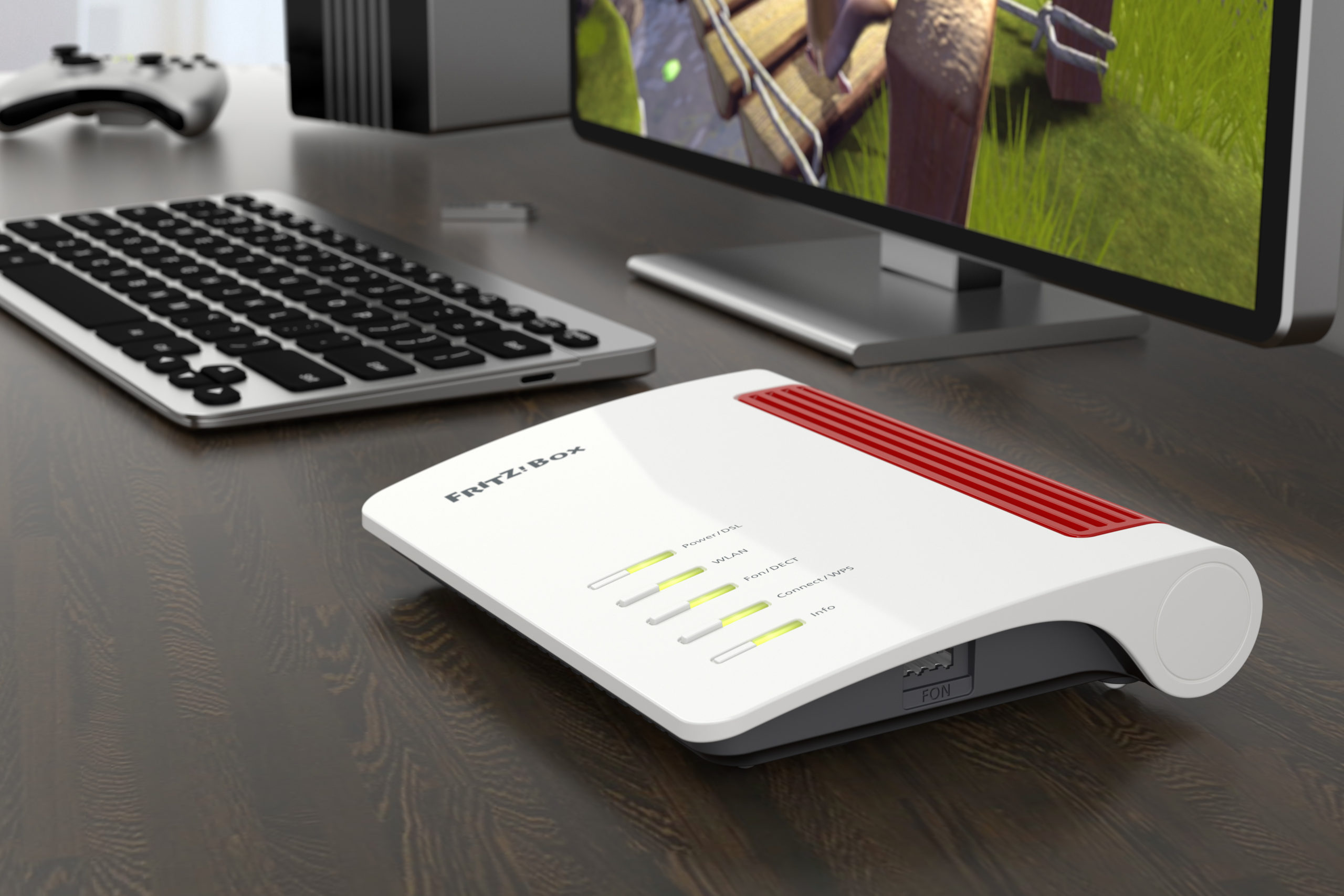IEEE finally approves 802.11n | The Register (UK)
802.11n: Ratified at last | Wi-Fi Planet
IEEE Ratifies 802.11n | WiFi Networking News
The Fine Points of Optional Wi-Fi 802.11n Certification | Wi-Fi Networking News
My Comments On This Evolution Of The Standard
Ever since 802.11n came about as a wireless standard, the equipment that was working to the standard was working to a draft version of the standard. This may have been acceptable for networks which weren’t critical to a business’s operations, because of the doubt associated with last-minute changes that could affect hardware compatibility. In some cases, this could also mean that an 802.11n segment may not work properly unless the equipment was based on the same chipset.
Now that the standard is final, enterprises can become confident about deploying 802.11n wireless network segments with cost-effective heterogenous equipment setups. As well, the cost of establishing an 802.11n wireless-network segment will reduce now that manufacturers can confidently sell more equipment at varying price ranges.
Existing 802.11n draft-standard segments
But what does this mean for networks based around existing 802.11n draft-standard hardware? Could they work properly with final-standard hardware with as much as draft-standard hardware being “flashed” to final-standard specifications. The compatibility issue raised in this question has been through the new revisions being declared optional rather than mandatory.
Support for single-stream 802.11n devices
The most popular benefit of the new standard would be the ability to support single-stream 802.11n station devices. This concept allows a device to have one transceiver rather than the two or three that is part of the standard. It is mainly brought about because of a need to have battery-operated devices like smartphones and VoIP WiFi handsets as part of the 802.11n wireless network and the single-stream 802.11n network adaptors can fulfil this need without draining the device’s battery too quickly.
The access points can provide full bandwidth to these single-stream devices without forfeiting bandwidth to other devices simply through the use of one dedicated stream for each of the devices. It then may be like providing the wireless equivalent of a “switched” Ethernet connection or ADSL-based broadband connection to this class of devices.
This factor has been improved with the ability for access points to be tested for three streams. This may allow for access points and routers to be differentiated on wireless-network performance levels as well as functionality levels.
Conclusion
The goal has been achieved for 802.11n to be a real wireless-network standard that complements the high-throughput Internet services and the multimedia networks of today.



Brilliant and very informative synopis of the standard being ratified and its benefits